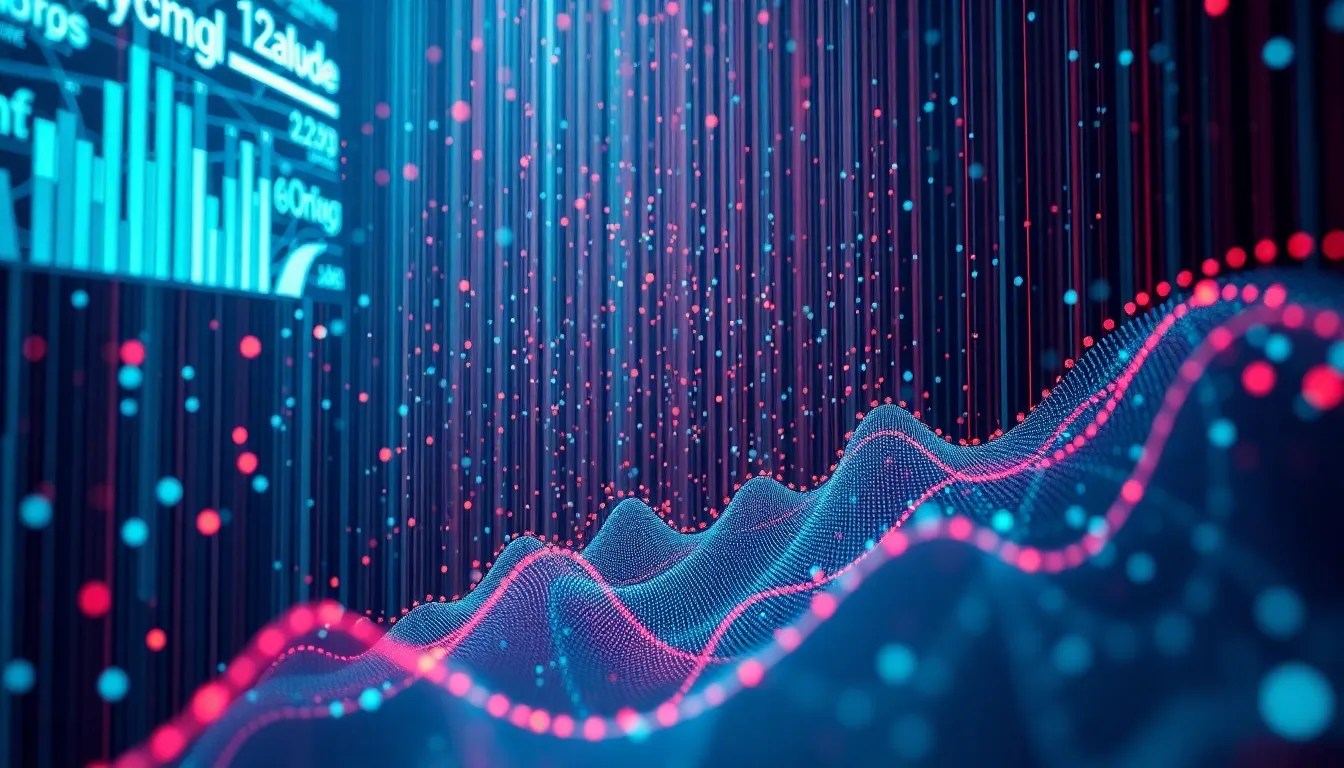Statistical Computing in the Arts: Merging Creativity with Data
I. Introduction
Statistical computing is a field that combines statistics, computer science, and data analysis to extract meaningful insights from data sets. In recent years, this discipline has found a remarkable intersection with the arts, leading to innovative forms of expression and creativity. As artists increasingly turn to data as a medium, the relevance of statistical computing in the arts has never been more pronounced.
The purpose of this article is to explore the ways in which statistical computing is reshaping artistic practices, the tools involved, and the implications of this integration for the future of creativity. By delving into historical contexts, current trends, and ethical considerations, we aim to provide a comprehensive overview of this exciting convergence.
II. The Intersection of Arts and Data Science
The relationship between art and data is not entirely new; artists have long utilized various forms of quantitative analysis to inform their work. Historical figures such as Leonardo da Vinci applied mathematical principles to achieve perspective in painting, while modern artists have begun to harness data in more explicit ways.
Today, we are witnessing a surge in the blending of creativity with statistical analysis. This trend includes:
- Data-driven installations that engage audiences in interactive ways.
- Generative art that uses algorithms to produce unique visual experiences.
- Collaborations between artists and data scientists to explore new narratives.
Notable case studies exemplifying successful integration include:
- The work of Rafael Lozano-Hemmer, who uses real-time data to create interactive installations.
- Casey Reas, co-creator of Processing, which allows artists to create visual art through programming.
III. Tools and Technologies in Statistical Computing
Various software and programming languages have become essential in the realm of statistical computing for artists. Prominent among them are:
- R: A language specifically designed for statistical analysis and visualization.
- Python: A versatile programming language with extensive libraries for data science, including NumPy and Pandas.
In addition to programming languages, visualization tools play a crucial role in representing artistic data. Tools such as Tableau and D3.js enable artists to create compelling visual narratives from complex data sets.
Recent advances in algorithms and machine learning have also opened new frontiers for artists. For instance, neural networks can generate original pieces of music or art, pushing the boundaries of creativity.
IV. Applications of Statistical Computing in Various Art Forms
Statistical computing has found applications across multiple art forms, each leveraging data in unique and exciting ways:
A. Visual Arts
Data-driven installations and generative art have transformed how we perceive visual arts. Artists are now able to create works that respond to real-time data, such as:
- Weather patterns
- Social media trends
- Urban statistics
B. Music
In the realm of music, algorithmic composition and sound analysis are becoming increasingly prevalent. Artists utilize data to:
- Compose music based on data inputs, creating unique auditory experiences.
- Analyze listener preferences and trends to tailor compositions.
C. Literature
Text mining and narrative analysis are reshaping literature. Authors and researchers apply statistical methods to:
- Identify themes and patterns within large bodies of text.
- Analyze character development and plot structures in novels.
V. Enhancing Artistic Processes through Data Analysis
Data serves not only as a tool for creation but also as a source of inspiration for artists. Many find that analyzing data can lead to new creative directions and ideas. Techniques for analyzing audience engagement and feedback have become integral to the artistic process, allowing artists to:
- Gauge audience reactions through analytics.
- Adjust their work based on demographic insights.
Moreover, the role of data in creative decision-making is profound. Artists can now make informed choices about their work based on data-driven insights, enhancing the relevance and impact of their creations.
VI. Ethical Considerations and Challenges
As the integration of data and art becomes more prevalent, several ethical considerations arise. Key issues include:
- Data Privacy: Concerns about the ownership and usage of data, particularly personal data used in artistic projects.
- Over-reliance on Data: The risk that artists may prioritize data over intuition and emotional expression.
- Creativity vs. Rigor: Finding a balance between creative freedom and statistical rigor is essential.
VII. Future Trends and Innovations
The future of statistical computing in the arts is bright, with emerging technologies poised to revolutionize creative practices. Key trends include:
- The rise of artificial intelligence and its expanding role in creative processes.
- Increased accessibility of data analytics tools for artists.
- Greater interdisciplinary collaboration, marrying insights from data science with artistic vision.
Predictions suggest that as technology evolves, artists will continue to explore the potential of data-driven methodologies, leading to entirely new forms of artistic expression.
VIII. Conclusion
In summary, statistical computing is significantly impacting the arts, providing artists with new tools and methodologies to enhance their creativity. The potential for growth and innovation in this space is immense, as artists continue to integrate data into their work.
As we move forward, the challenge will be to maintain a balance between creativity and analytical rigor, ensuring that artistic expression remains a deeply human endeavor, even in an increasingly data-driven world.



